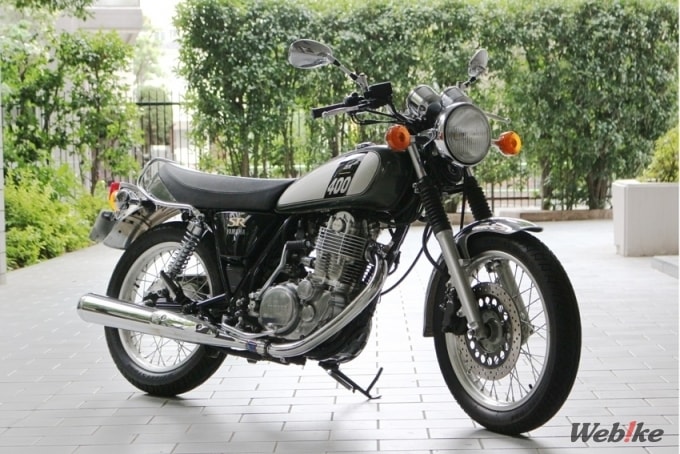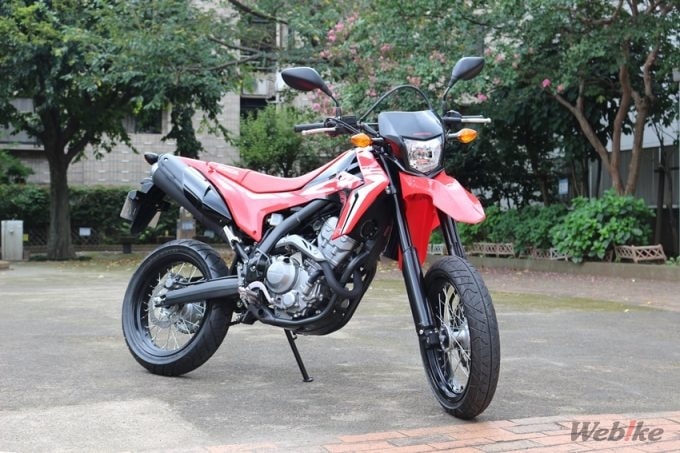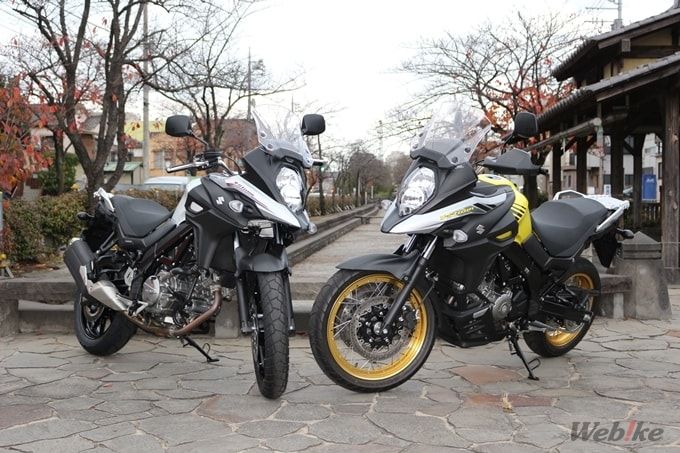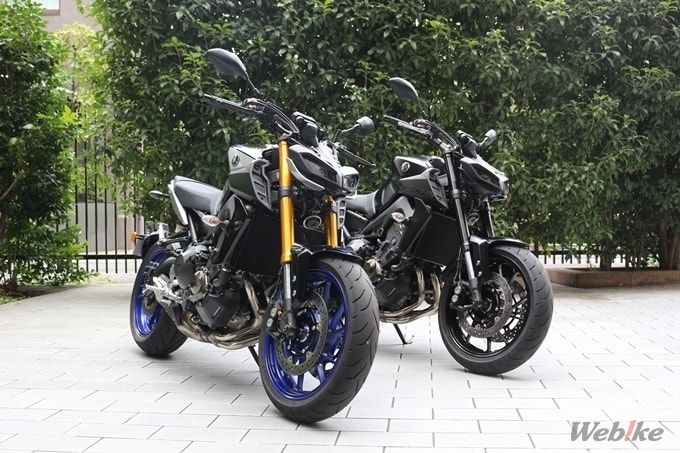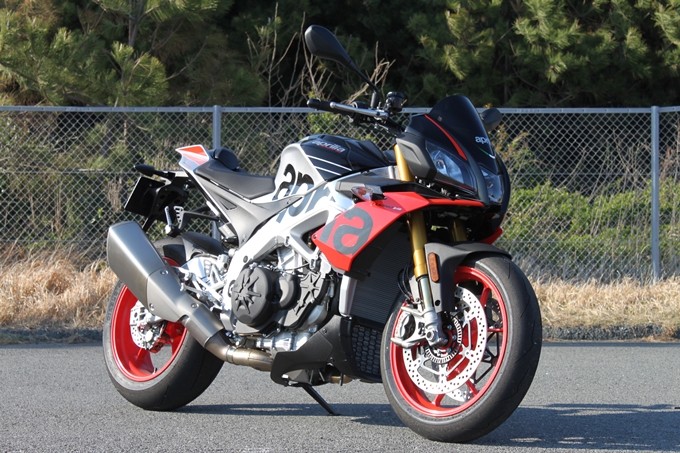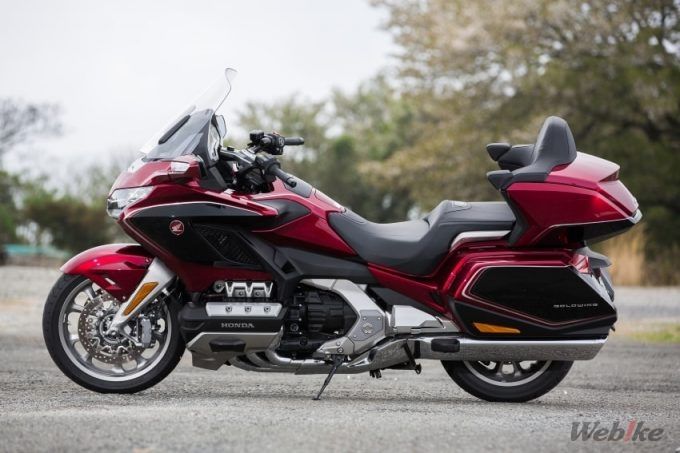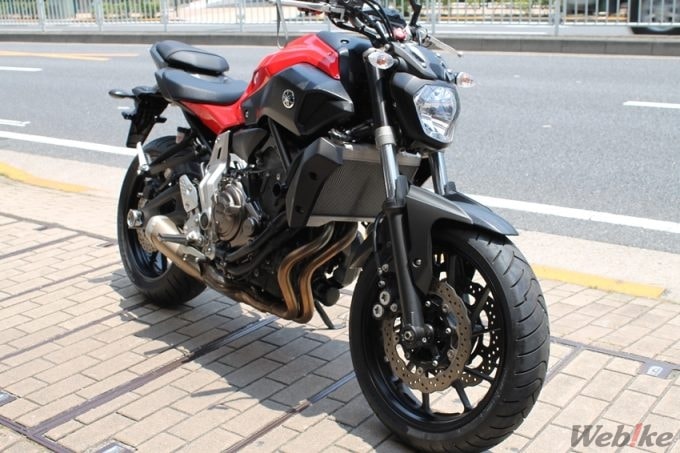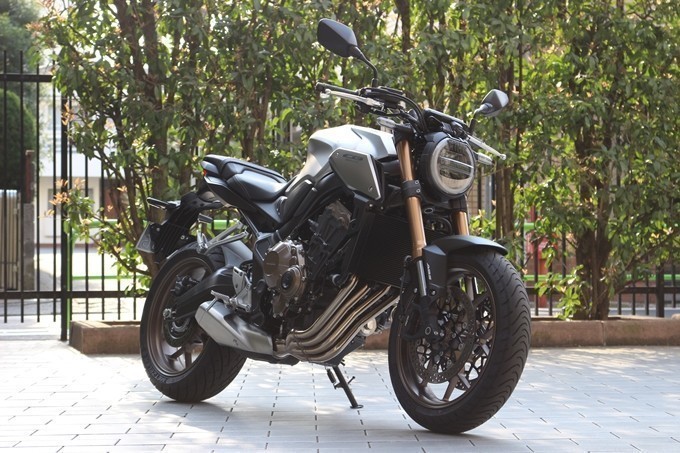-
What are the differences in ride quality and advantages and disadvantages depending on the number of cylinders?
- Single-cylinder: If you want to enjoy the simplicity and the throbbing
- Two-cylinder: A standard with a good balance of style and performance
- Three-cylinder: A good combination of two and four cylinders
- 4-cylinder: The power that penetrates to high rpm is attractive.
- 6-cylinder: The superb ride of the Silky 6
- You can choose according to your purpose, use, and preference.
What are the differences in ride quality and advantages and disadvantages depending on the number of cylinders?
It is not an exaggeration to say that the ride quality of a motorcycle is determined by the engine. The larger the displacement of the engine, the more powerful it will be, and the more weight the motorcycle itself will have, giving it the imposing ride of a large motorcycle.
However, there is one more important factor. It is the difference in the layout (arrangement) of the engine. Specifically, it is the number of cylinders and the way they are arranged, and we would like to take a look at the features and benefits of each.
Single-cylinder: If you want to enjoy the simplicity and the throbbing
The single-cylinder engine is characterized by the fact that the explosion of each shot is clearly felt, and the exhaust sound is a "thud". The ride quality is described as " pleasant" or "idyllic," and the simple structure has the advantage of producing a lightweight and slim body. For this reason, it is often used in small-displacement vehicles and off-road models, and since it is inexpensive to make, it is also widely used in scooters and utility vehicles such as the Super Cub. The layout is also suitable for neo-classic models that emphasize style.
On the other hand, it is difficult to increase the rpm and the power is limited. Typical models are "SR400" and "CRF250M".
Two-cylinder: A standard with a good balance of style and performance
The two-cylinder layout is said to be efficient and well-balanced. The exhaust sound is unique with unequal intervals of "thumping" and "rumbling", and it is also said to "kick out the road" and "excel in traction". For example, the 270-degree crank, which is popular among parallel twin cylinders these days, is said to enhance the feeling of beating and traction (the feeling of the tires grabbing the road surface) like a V-twin by using unequally spaced explosions.
There is also a minority of "longitudinally-mounted engines" with the crankshaft positioned longitudinally in relation to the vehicle body, such as BMW and Moto Guzzi. Longitudinally mounted engines have a lower center of gravity by dividing the cylinders to the left and right, and because the crankshaft faces the same direction as the bodywork, inertia makes it easier to roll the engine to the left or right. In addition, due to the reaction of the crank rotation (so-called torque reaction), the body tends to lean to the right or left when the accelerator is turned on.
The two-cylinder is a layout that has spread widely from small to large displacements, and from sport models to cruisers, and can be said to have the widest variety of motorcycle engines. Other representative models include the famous V-twin Ducati and V-Strom series, and the new parallel twin-cylinder Africa Twin and MT-07.
Three-cylinder: A good combination of two and four cylinders
The three-cylinder engine is somewhere between a two-cylinder and a four-cylinder engine, and is said to be "the best of two- and four-cylinder engines" because it has a sense of expansion and upward movement as well as a sense of heartbeat. Parallel three-cylinder engines are the mainstream, and have the advantage of being as powerful as four-cylinder engines but more compact.
The output characteristic is basically flat, with torque in the mid-range, and the sound is thicker than a four-cylinder and finer than a two-cylinder, and there are many types where a fine pulse can be felt in the smoothness. The 120-degree crank, which divides the 360-degree ignition interval into three equal parts, is the mainstream, and the smooth rotational feel of evenly spaced explosions is appealing. It is sometimes compared to a rotary engine.
Typical models include Triumph's Triple series and MT-09. The world's largest cruiser, the Rocket 3, also by Triumph, uses a longitudinally-mounted three-cylinder engine.
4-cylinder: The power that penetrates to high rpm is attractive.
The four-cylinder engine is characterized by a high-pitched siren-like exhaust sound and a "heart-pounding rising sensation". In general, the more cylinders there are, the smoother the rotation becomes, and the more efficient the layout is at high rpm, the more power can be extracted. The mainstream ignition interval is 180 degrees, and the two cylinders in the middle and the two cylinders on either side of the four cylinders are set to explode at equal intervals. The four-cylinder engine is synonymous with high performance, and almost all high-performance machines, such as super sports, use four cylinders.
This is an area where Japanese motorcycles have traditionally been strong, but the feeling is very different between parallel four-cylinder and V4 motorcycles. Roughly speaking, the straight four is said to be a high-revving power type and the V4 is said to excel in mid-speed torque. In addition, V4 has merits such as the width of the body can be made slim. On the other hand, as the number of cylinders increases, the mechanism becomes more complicated, the weight increases, and the manufacturing cost increases. For this reason, four-cylinder engines are often used in large-displacement models and luxury models. As a representative model, "Super Sports" that represents each maker is almost four-cylinder.
6-cylinder: The superb ride of the Silky 6
The six-cylinder is called the Silky Six, and the rotational feel is smoother and smoother than the four-cylinder. For this reason, it is often used in large-displacement tourers such as BMW's K Series, the former Z1300, and the CBX1000. As you can see from the four-wheelers, the more cylinders you have, the more premium and luxurious the model becomes six-cylinder, eight-cylinder, and twelve-cylinder.
However, as the engine becomes larger and heavier, there is a limit to the number of motorcycles that can be directly operated by a person. For this reason, the six-cylinder is the largest class of current mass-produced production models and is only used in the aforementioned flagship tourers.
Horizontally opposed six-cylinder Gold Wing
You can choose according to your purpose, use, and preference.
As you can see, even if the displacement is the same, the number of cylinders and their layout can greatly change the riding experience. It would be interesting to choose a motorcycle not only for its displacement and type, but also for its engine layout.
For example, middle-class motorcycles are popular these days, and many people may wonder which one is more suitable for them between the MT-07 (parallel twin-cylinder) and the CB650R (parallel four-cylinder), which have roughly the same displacement.
As a hint, the MT is the one with the best value for money, with a lively heartbeat, manageable power, and light handling, while the CB is the one with an exciting high-revving sound and the power and weight of a big motorcycle. You can see that each of these two motorcycles has a different appeal. I am sure that you will be able to choose your favorite motorcycle according to your own style and purpose.
See HONDA Moto Inde Page
See YAMAHA Moto Index Page
See Accessories for HONDA CRF250M
See Accessories for YAMAHA SR400


